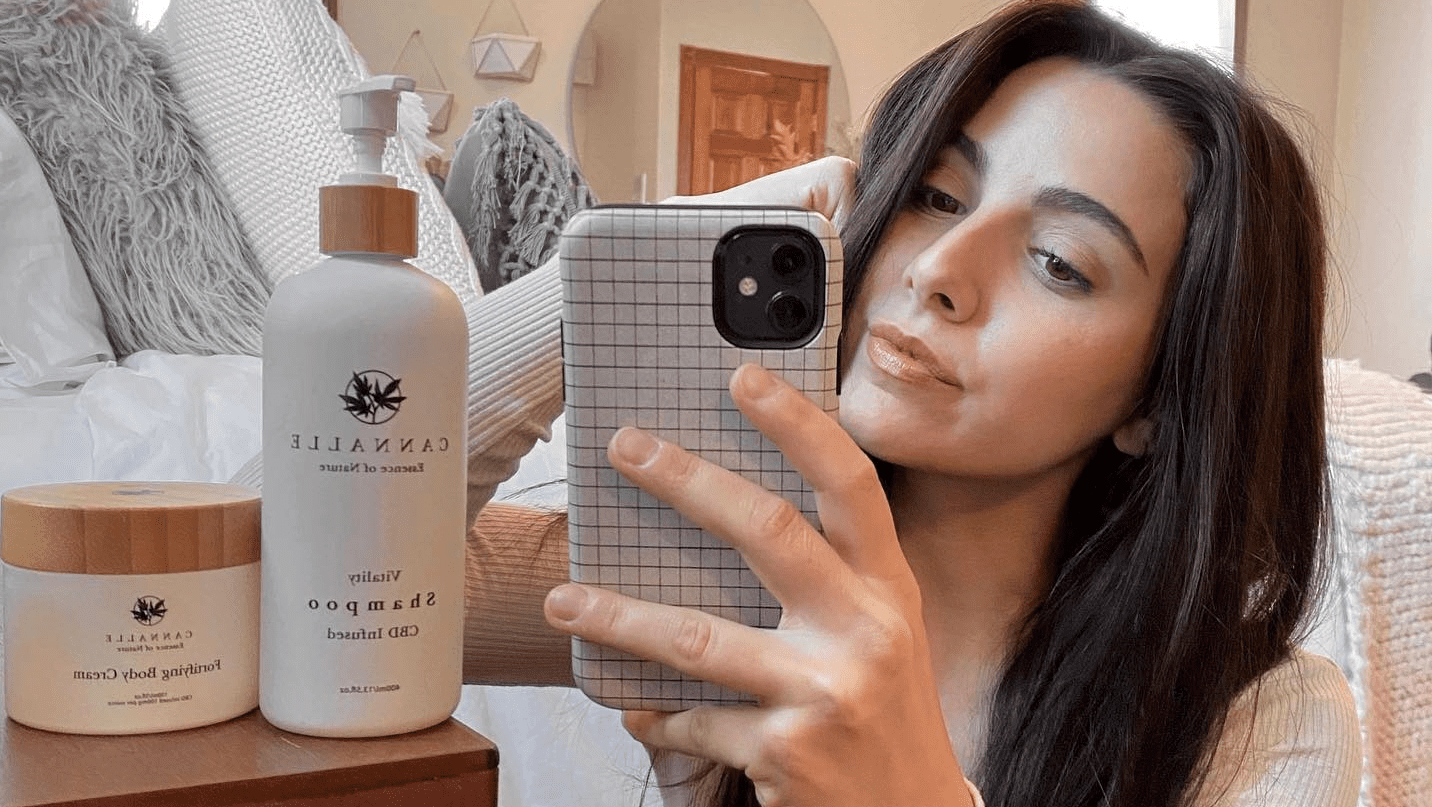To some, influencer marketing might seem like a minefield. Yet to others, it could be a piece of cake! However, whatever may be the case for you, understanding how best to analyse the success of your campaign will be one of your biggest questions.
As with any marketing campaign, determining your overall return on investment is the biggest indicator of success. But, with influencer marketing – success is entirely relative! You might not be beginning a campaign purely for sales objectives, but primarily to enhance your content strategy, or to increase your social media following instead.
With as many as 92% of marketers saying that influencer marketing is an effective form of marketing, it’s important to make sure that we know how to fully determine its effectiveness. Well, keep on reading to discover how to best analyse the results of your campaign objectives.
Set up your KPIs
The first place to start would be to set up some key performance indicators (KPIs). If you didn’t already know, KPIs are measurable indicators taken from your brand’s objectives, which are used to assess how well a campaign is performing. Every business will have different marketing goals, therefore KPIs will vary from business to business.
Some popular KPIs amongst marketers in the influencer industry that you may want to consider are:
· new followers gained on social media through influencers
· website traffic and visits from influencer content
· impressions on campaign content
· influencer-specific discount code usage and clicks
· sales coming from influencer content
As mentioned, these will be totally dependent on your campaign goals. But, these are some particularly common goals that we see in influencer marketing. After deciding upon your KPIs, you’ll of course need a method of tracking them. This is where campaign monitoring tools come into play.
Campaign monitoring tools
Tracking the ongoing and overall success of your campaign is thankfully made a lot easier with the addition of monitoring tools available.
One of the simplest methods of understanding how well an influencer is performing is by gaining access to their Instagram Insights. This will require the permission of the Instagram influencers to share it with you, as well as them being set up with a business profile on Instagram. But, once you learn how to use Instagram Insights, influencers are often happy to share this information with you for the campaign.
Additionally, you should set up your own campaign tracking accounts. You can track sales through platforms like Shopify or BigCommerce. But, to track your more personalised KPIs, I would suggest setting up an account with Google Analytics.
Google Analytics is the most frequently used platform amongst marketers in the influencer industry. You can set up a free account which should be able to give you all of the information necessary. Just read up on how to get started with Analytics, and you’ll be good to go in no time!
Overall return on investment
When considering your overall success, you’ll want to look at your return on investment (ROI) from the campaign. To do this, you will need to calculate the total investment that was put into the campaign, compared with the total profits. This is your input vs output.
There are a lot of hidden costs that are often overlooked when calculating your input. So, be careful not to miss anything out. We go over this in full detail within the campaign analysis chapter of our influencer marketing guide. But, these are the main elements to take into account:
· value of the product for each influencer
· cash incentive per influencer
· shipping and handling costs
· agency fees
· other platform/software subscription fees
Next, you can calculate your output directly in terms of profits. You should look at the total sales generated by the campaign. Then, you can calculate accordingly.
Success of your individual objectives
However, you should of course look at your ROI from more than just sales. Think about those KPIs from the start. It’s now time to calculate your output in terms of these objectives. These will often be more important than the actual sales themselves, if your objectives are directed at brand awareness, for example.
Take a look at:
·views
·impressions
·likes
·comments
·links clicked
·downloads/sign ups
·interactions
Whatever campaign monitoring tool you choose to use, make sure that you have a place set up to display all of these results clearly. You can begin analysing your input versus output, and assess the results of your campaign in relation to your initial objectives.
There is so much information out there for you to better understand influencer marketing and running a successful campaign. But, for more information on this topic, I’d suggest checking out this article on how to measure success of influencer marketing campaigns.
Conclusion
Whether you’re new to influencer marketing or not, hopefully you will now have a better understanding of how to track and monitor your campaigns. Although this may seem like the tricky part, it’s really much simpler than you’d think!
Remember, if you’re still needing to find influencers for your campaigns, then Heepsy is the place to get started!
